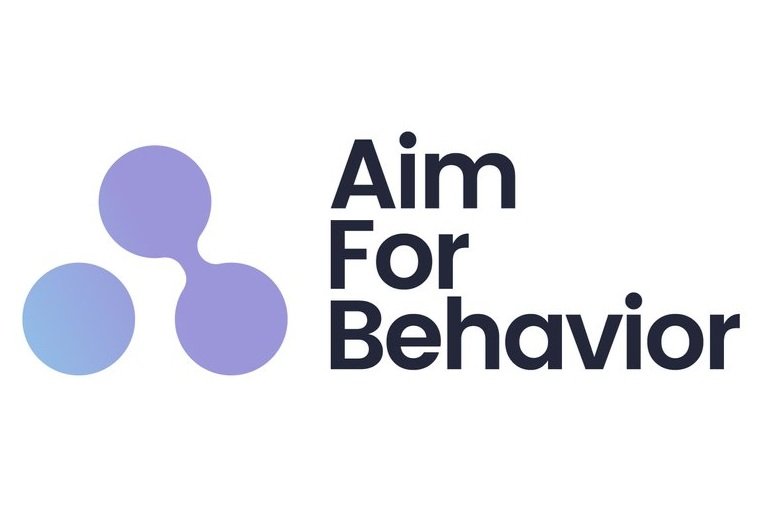Can you increase donations by applying some Behavioral Science?
Full video campaign: https://www.youtube.com/watch?v=zVuWtWZh4oQ
Many charities use behavioral science to help them make things easy, attractive, social and timely - or something The Behavioural Insights Team team calls EAST. (and yes there is a framework for this).
I have seen this campaign making the rounds on the internet 👉🏻 https://www.youtube.com/watch?v=zVuWtWZh4oQ
It was developed for Misereor in 2014 by an agency in Germany called Kolle Rabe (which is now Accenture Song) and led at the time by Sascha Hanke.
The objective was to increase people's willingness to give and remind them, in an attention-grabbing way, that even small donations can have a big impact.
At the time of this being created in 2014, it was the first interactive display that could take credit cards, which if you see in the video.
The displays were put in airports in different cities in Europe, including here where I live in Amsterdam.
It generated 3000 euros in donations in the first month - and I am sure it created a good amount of awareness.
It probably cost quite a bit back in 2014 to create these, plus pay the agency.
A small disclaimer:
I don't believe that the agency was using behavioral science directly at the time.
However, taking EAST as a base, what principles do I see at play (do comment and tell me which you see - as I have run out of writing space)
1) They had a clear behavior/action they wanted people to do - which was to donate 2 euros by swiping on the display (clear and observable) and I believe they knew the barriers (though not sure they classified them and used a framework)
2)They made it easy to do - all you had to do was take out your card and swipe it - which meant, you had low friction and only one step, it was also only 2 euros.
Now, it was 2014 - so while easy, it was not so normal to perhaps swipe a card on a display, so you might have had some mistrust perhaps?
3) They made it social - it was located in an airport and you could see others do it, so perhaps you felt inclined to do it and maybe as part of the crowd.
4) When you swiped, you would directly be able to visualize where and to whom your money was going, so you took out any uncertainty about the money.
5) It was attractive - the display was fun and appealing, and it made you interact with the display -cutting a piece of bread or cutting loose someone's shackles, which also meant they appealed to people's emotions.
6) It was timely - you would get asked if you wanted to donate monthly on your card statement - which increased donations as well. It was also done at an airport, which meant that people probably had a credit card on them.
So perhaps while it hits lots of good areas to increase donations, think how early it was - almost 10 years ago - in terms of using your card on a display.
I also have not seen any of these implemented post this one, which may mean that the ROI was not met (I have no idea).
Robert

